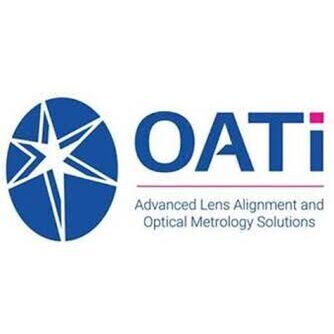
|
Download Members: $0.00 Non‑Members: $75.00 |
Buy Now |
Publication Details
| Published Date: | |
|---|---|
| Citation: | Shendong Shi |
Abstract
With the development of large-scale manufacturing in aerospace industry, the technologies are also changing, in which digital coordination is dominating. Digital and intelligent manufacturing models have been the key factors to the upgrade of quality and efficiency. High-accuracy measuring and positioning technologies are becoming more and more urgently needed. Real-time position and orientation estimation of large components and end effectors will become an important prerequisite for in-depth integration of metrology and manufacturing process. Workshop Measuring and Positioning System (wMPS) is a representative in response to these requirements. It consists of transmitters, receivers, a signal processor and a terminal computer, as depicted in figure 1. Two line-laser modules are fixed in the rotating head of each transmitter and the rotating angular speed is constant. The scanning angles between the transmitter and receivers can be determined by precise timing.
If a receiver obtains signals from more than two transmitters, the coordinates of the receiver can be calculated. When the coordinates of more than three receivers on the measured target are known, the position and orientation can be estimated by optimization. With the advantages of high accuracy, well expandability and multi-tasking, wMPS is well received. However, confronted with limited space of special in-situ environments, the layout of transmitters is restricted and some receivers may only get signals from one transmitter, which leads to measurement failure.
- 1. Research and experiment
We propose a novel method for position and orientation estimation. It utilizes the constraints of laser planes, distances between receivers to solve a constrained optimization problem. The coordinates of receivers can be achieved in case that it is visible to only one transmitter. The experiment for accuracy verification has also been conducted as shown in figure 2:
The target was fastened to the flange of ABB industrial robot and six photoelectric receivers were taken as reference points. The spatial relationship between the T-mac and reference points was known before the experiment. The target moved with the robot along a programmed trajectory and its position and orientation were measured synchronously by wMPS and laser tracker at a frequency of 20 Hz. Measurement errors of wMPS compared with those of laser tracker are shown in figure 3 and table 1:
The experimental results indicate that the position estimation RMSEs are 0.1542 mm, 0.1624 mm, 0.1696 mm and the orientation estimation RMSEs are 0.0517°, 0.0185°, 0.0194° respectively in three axes. This method is verified to be feasible and fulfill the manufacturing requirements.





